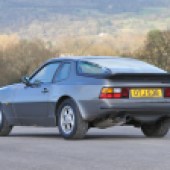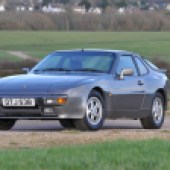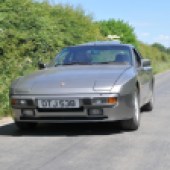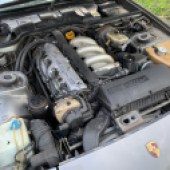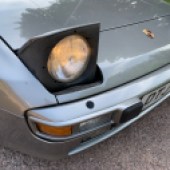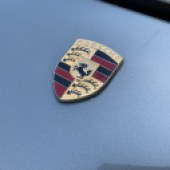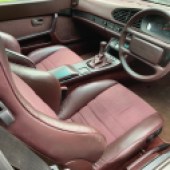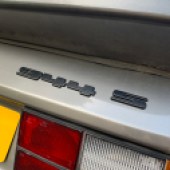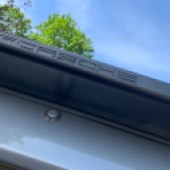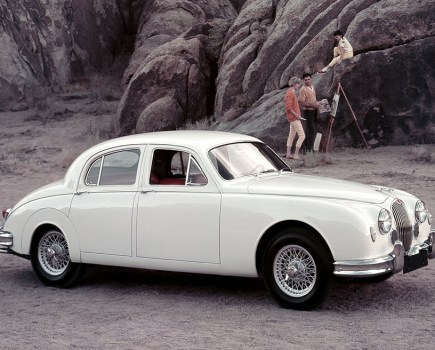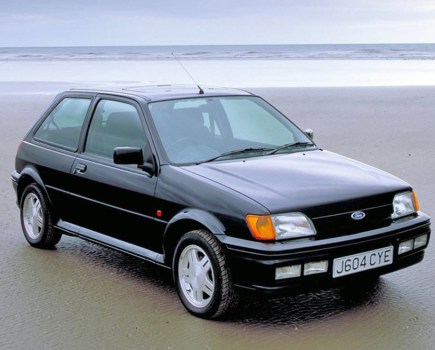Based on the 924 that saved Porsche in the 1970s, the Porsche 944 was a fantastic evolution of the original. Here’s how to buy one
The 924 is credited with saving Porsche, yet it was far from the pure sports cars enthusiasts expected. Initially a VW/Audi project, Porsche took over when VW cancelled it, filling the void left by the axed 914. Powered by a 2.0-litre VW engine, it delivered 125bhp in Europe but only 95bhp in the emissions-regulated U.S., making it underwhelming compared to the 911. The 924 Turbo’s 170bhp helped, but it exposed the limitations of the aging 1960s Audi engine.
The turning point came when VW ceased production of the EA831 unit. Porsche, anticipating this, had developed the 928’s V8 with the option of a four-cylinder variant. Essentially half the 4.5-litre V8, this new engine resulted in a 2.25-litre capacity – unusually large for a four-cylinder sports car. To ensure smoothness, Porsche used twin balancer shafts running at twice engine speed, a Mitsubishi-patented system requiring royalty payments.
The final production version was a 2.5-litre, maintaining the V8’s 100mm stroke with a slightly increased bore. It produced 163bhp at 5800rpm, with over 90 per cent of peak torque available from just 2500rpm. The all-aluminium construction made it 11kg lighter than the 924’s engine, despite its larger size. The 944 retained the 924’s rear-mounted gearbox but strengthened key components and upgraded the suspension, replacing VW parts with Porsche’s own.
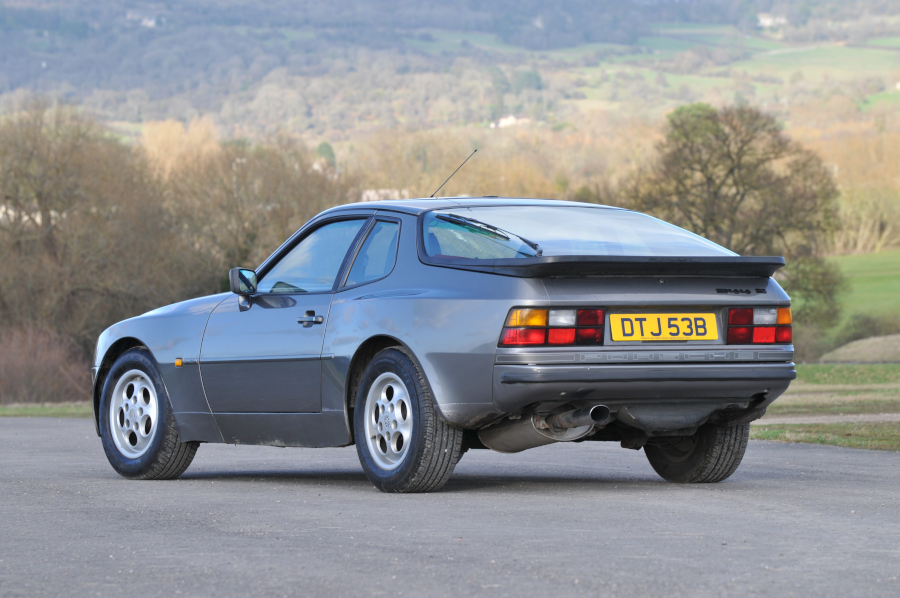
Bodywork
The 944’s galvanized bodyshell helps against rust, but it’s not immune – especially on salty British roads. The sills are particularly prone, with the visible outer sill being just a cover. Feel behind it to check for corrosion, as even tidy-looking cars can have hidden rust. Also, inspect suspension mounting areas and floors for deterioration.
A damp boot often indicates faulty rear lamp seals or a worn hatch seal. If the glass hatch rattles over bumps, the lock pins may need adjusting – tighten it enough to seal out water and fumes but not so tight that the electric release fails. Many seals were over-tightened in the past due to unavailability, but replacements are now reasonably priced.
Factory sunroof drains can clog, leading to water dripping from the aperture. Fortunately, clearing them with a wire is simple. Interior leaks may also come from a loose roof aerial or a perished gasket. The 944’s windscreen rubber is a multi-part design that, if incorrectly fitted, creates excessive wind noise. Before buying, test the car at over 50mph to check for issues. Proper maintenance is key, as hidden flaws can turn an appealing 944 into a frustrating ownership experience.
Engine and transmission
The 944’s engine is a pure Porsche design, leaving VW associations behind. Despite its large four-cylinder capacity, balancer shafts ensure smoothness, and strong torque gives it a muscular feel. All versions use a cam belt that needs replacing every four years, along with the balance shaft belt. The water pump, rollers, and tensioners should be changed every other belt swap. The 16-valve engine has a secondary chain for the intake cam, and worn tensioner pads cause a noticeable rattle. These engines aren’t silent, but excessive top-end noise beyond normal clatter and injector sound could indicate worn cams or valve train issues. The built-in oil pressure gauge should read 4 bar at speed and 2-3 bar at idle.
A healthy engine should feel lively, but vacuum leaks or a failing air flow meter can cause sluggish performance. Check oil and coolant pipes, and inspect the radiator, as its low position makes it vulnerable. Also, check the header tank for signs of oil-coolant mixing from a failing oil cooler.
The 944’s balanced handling comes from its rear-mounted transaxle, though the gearshift can feel vague if linkages and bushes are worn. With proper setup, it should feel positive – better than transaxle Alfas in any case. Severe vibration may indicate worn torque tube bearings, which a keen DIYer can replace or send for rebuilding. The transaxle layout makes clutch replacement costly, as the torque tube and gearbox must be removed.
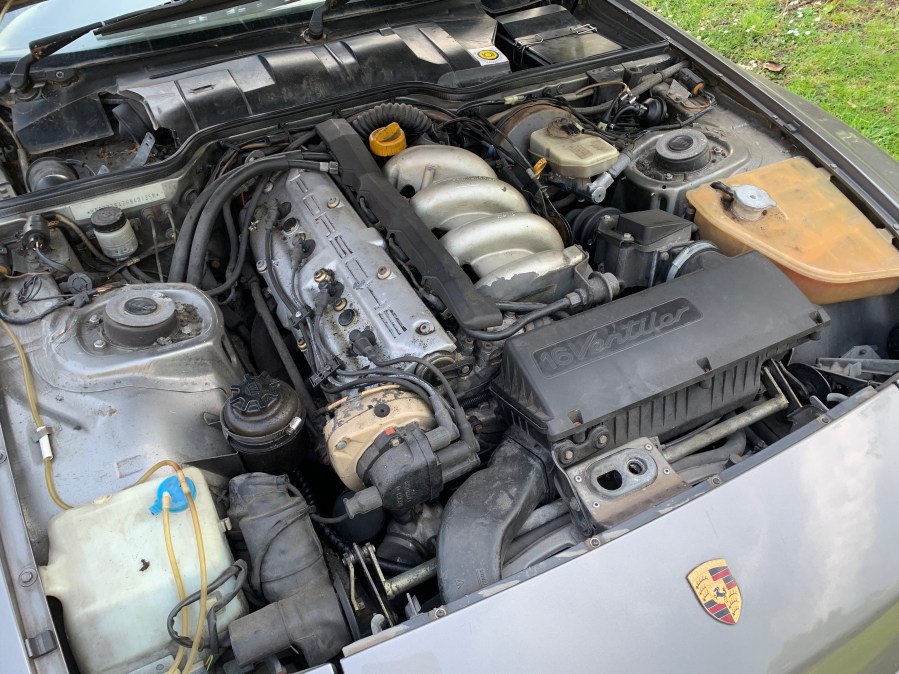
Suspension, steering and brakes
Like many German cars of the era, the 944 retains the left-hand drive servo and master cylinder position, adding a cross-linkage to operate it from the right-side pedal box. This creates longer pedal travel and less positive feel, though some adjustment is possible. The braking system is conventional, and issues like seized or dragging callipers are usually noticeable.
Many older 944s have started to sag at the rear, which can be adjusted with the eccentric bolt on the torsion bar mounting. If further adjustment is needed, the torsion bars can be re-indexed by rotating the arms on the splines, though this is time-consuming.
On later models, knocks from the front suspension often indicate worn bushes or ball joints in the front wishbones. Replacing the entire arm, including the ball joint, is the easiest fix. The later aluminium arms are more costly than the early pressed steel version and are sometimes out of stock, but although in theory the balljoint is non-replaceable, it’s possible to buy a balljoint repair kit.
Interior, trim and electrics
The 944’s cabin reflects typical 1980s German car design and shares many parts with contemporary VWs and Audis. However, Porsche-specific parts can be expensive or hard to find, like the dash moulding on pre-oval dash cars, which often cracks. A simple solution is a moulded dash cover, while remanufactured dashes are available for the S2 models.
If the electric seats aren’t working, the switch is likely the culprit unless the wiring is damaged. Switches are easy to replace, though the fabric may be worn out. Colour and pattern options are now limited, so many owners opt for a leather retrim, which looks nice but won’t please purists.
The 944’s electrics are basic and similar to 1980s VWs, with familiar fuseboxes and VW/Audi switchgear. A common issue on oval dash cars is a non-functioning odometer due to a design flaw. Pressing the reset button while moving causes the plastic gears to break. Rebuild kits are available, though it’s a fiddly task. For a non-working speedometer on oval dash cars, the problem may be the pulse generator in the rear axle. It’s unavailable new, but used parts are accessible and easy to replace. If the speedometer head is faulty, finding a good used one may take some time.

Porsche 944: our verdict
A good, well sorted 944 is a joy to drive, with its torquey if rather growly engine and beautifully balanced handling. A neglected one though will be a big disappointment and leave you wondering what all the fuss is about, so tread carefully and drive a few before buying.
As numbers drop, 944 values are well beyond the £1500 banger status they were in the mid-2000s. Today, a project will set you back around £2000–3000, but check carefully for rust and missing or broken trim, as it’s very easy for costs to spiral. Upping your budget to around £6000 buys a tidy, useable but not immaculate 2.5- or 2.7-litre car, while an S2 will require £10,000 upwards in equivalent condition and your Turbo hunt should start at £17,000. For the nicest examples of each variant, you can add around 50 per cent to each figure, with the rare convertible starting around £12,000.
Porsche 944 alternatives
Jaguar XJ-S 3.6
Stylish, luxurious inside and offering plentiful touring ability the rakish, controversial and oh-so characterful Jaguar XJ-s makes for a great left-field 944 alternative in 3.6 guise. It’s thirstier, not as nimble and undeniably more fragile, but has a personality like no other car.
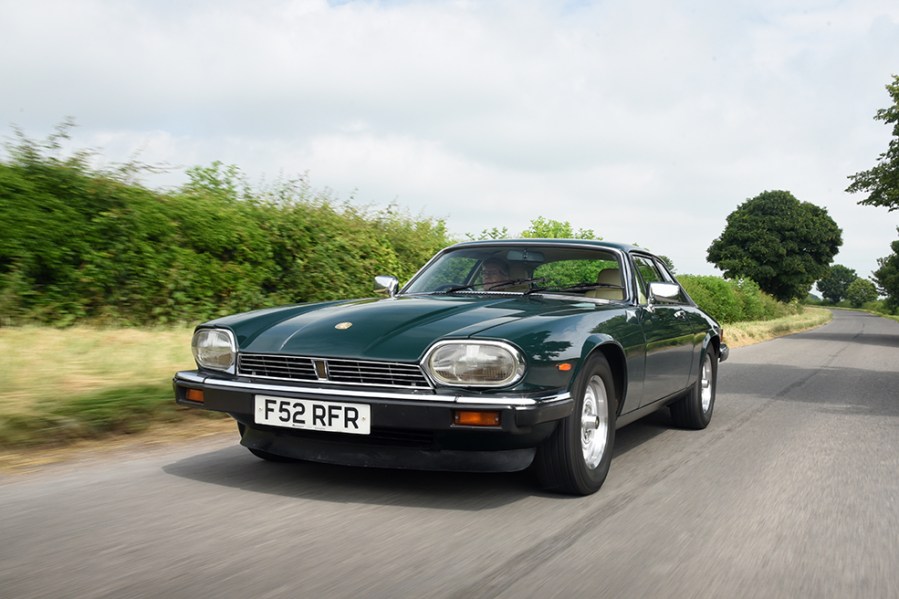
VW Corrado
The same German quality, daily practicality, respectable performance and nimble handling as the Porsche, but in a more secure front-driven package and with those timeless looks. Maybe not as exciting as the 944 and some will prefer the Porsche badge, but Corrado values are rising for a reason.

Porsche 944 timeline
1981
Porsche 944 is launched in Europe in June
1982
UK sales begin from May
1983
Power steering becomes available as an option
1984
Power steering becomes standard on automatic cars
1985
The 220bhp 944 Turbo is launched as Porsche type number 951. The oval dashboard is introduced, with seats lowered 30mm and the wheel raised by 18mm to provide more space. Aluminium suspension arms are introduced and a staggered 7×16 and 8×16 wheel option is introduced
1986
The 16-valve 944S is introduced boasting 190bhp
1987
ABS and sports suspension are made optional
1989
The 8-valve car moves to 2.7 litres and 165bhp. The 944S2 is introduced, bored and stroked to 3 litres with a lightened block and revised manifolding for 211bhp. The 944 Turbo gains the 250bhp specification of the 1000-off limited-edition Turbo S produced in 1986. In the spring, a convertible model is announced, using the 944S2 engine
1991
Porsche 944 production ends


